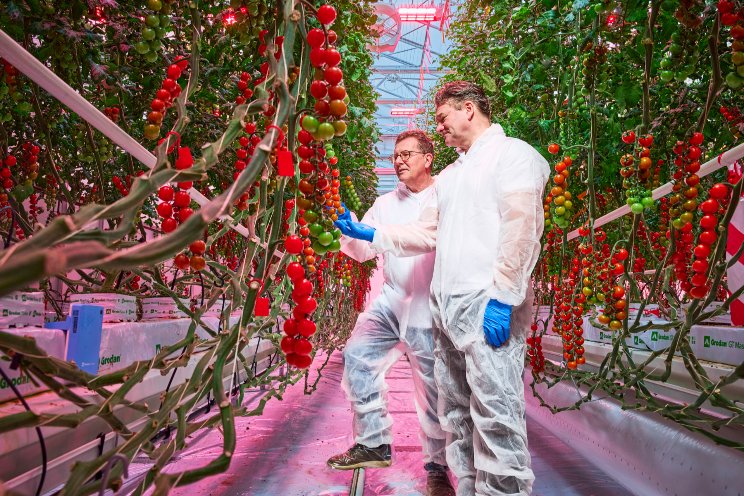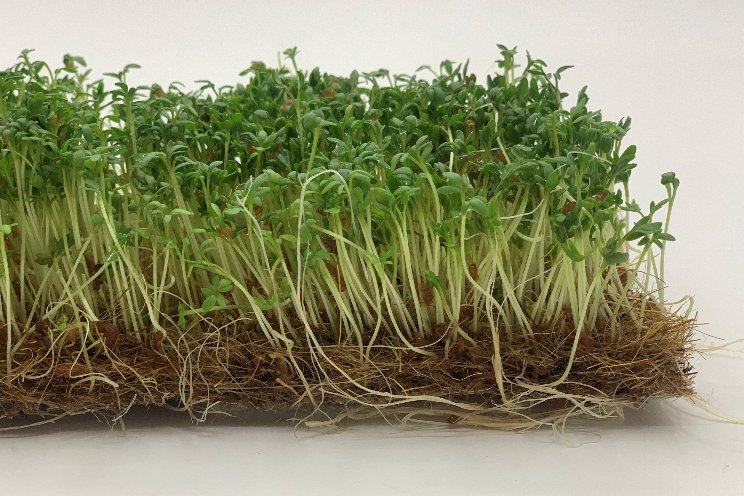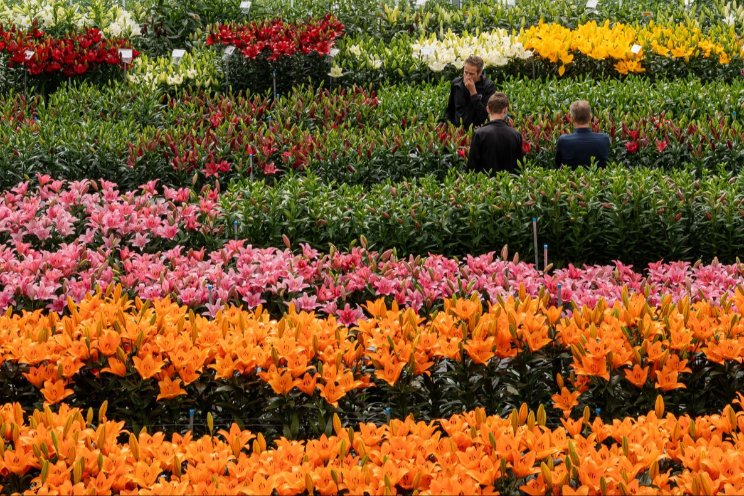Will vertically farmed tree saplings boost our future forests?
Added on 24 May 2023

Will vertically farmed tree saplings boost our future forests?
Trees are a vital part of the fight against climate change and the worldwide loss of biodiversity, but the existing processes of growing high-quality tree seedlings is lengthy, and the resulting saplings don’t often survive when planted outdoors.
In this article, we explore the potential benefits of using vertical farms to grow tree seedlings and how this might support their impact on our future forests.
How does a vertical farm work?
Vertical farming is the technique of growing plants vertically, rather than horizontally along the ground, as traditional agriculture does. This farming system was created to be part of the solution to the global difficulties that humanity is currently facing, such as CO2 emissions from inefficient food supply chains, emissions from transportation miles, water and arable land scarcity.
To put this farming method into perspective, imagine a field divided into six-metre-squared trays, stacked on top of one another, this is an IGS vertical farm. IGS technology delivers the ideal summer day which produces crops that are localised, consistent, and of high quality. This efficient technique works in harmony with traditional agriculture to create a growing environment that provides good yields for a wide range of crops without the need for fungicides, herbicides, or pesticides.

Why is vertical farming good for tree seedlings?
Precise control
Vertical farming systems are a great option for growing tree seedlings as it allows for precise control over growing conditions such as light, temperature, humidity, and nutrient delivery. This can be especially beneficial for young seedlings, which are more susceptible to such environmental stresses.
Increased yields
The forestry industry requires healthy seedlings with a certain size, density and uniformity in order to achieve high-quality plantation and good survival in nurseries.
Photos: IGS
More news















